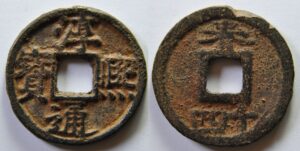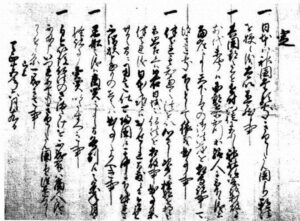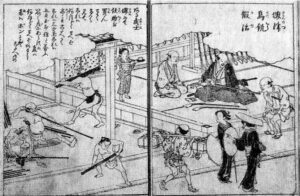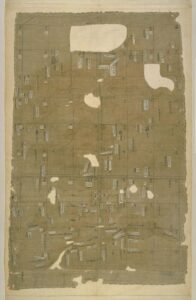This week, we’re going to stay in the Sengoku but take a step away from all this samurai action to ask: what’s everybody else up to? From farmers in the countryside enjoying the fruits of a more commercialized economy (while fearing being raided by marauding armies) to merchant towns asserting their authority against warlords, it’s a fascinating look into a neglected piece of the era’s history.
Sources
Osamu, Wakita. “The Social and Economic Consequences of Unification.” In The Cambridge History of Japan: Volume 4, Early Modern Japan. Edited by John Whitney Hall.
Whitney Hall, John, Keiji Nagahara and Kozo Yamamura, eds. Japan Before Tokugawa: Political Consolidation and Economic Growth, 1500-1650.
Pearson, Richard. “Japanese Medieval Trading Towns: Sakai and Tosaminato.” Japanese Journal of Archaeology 3 (2016).
Images





